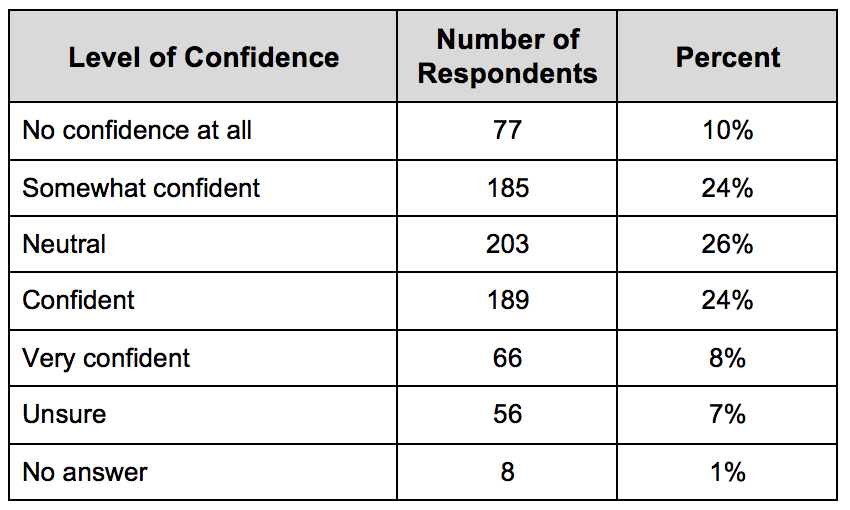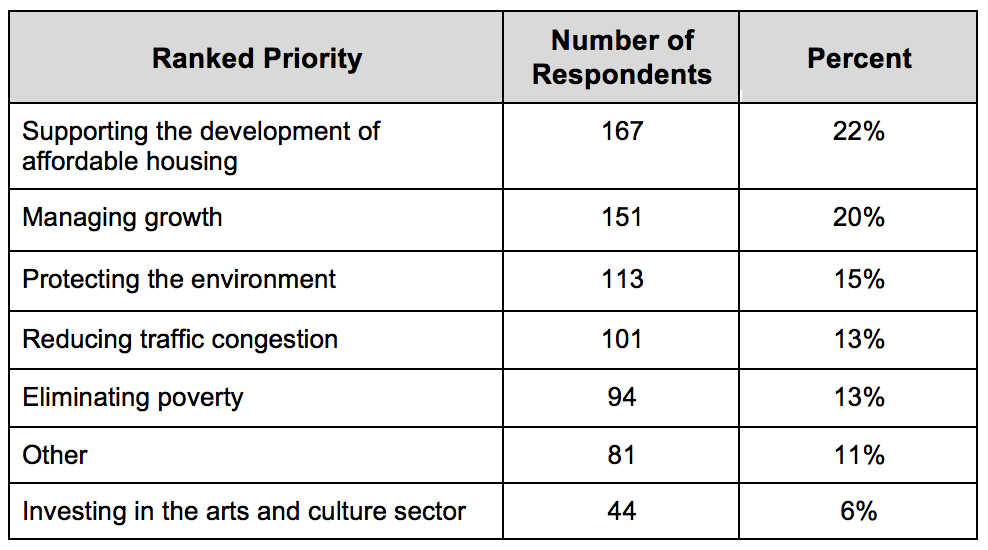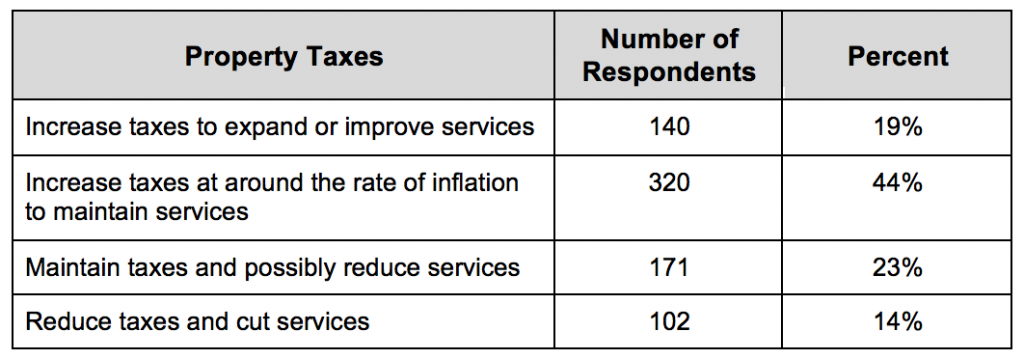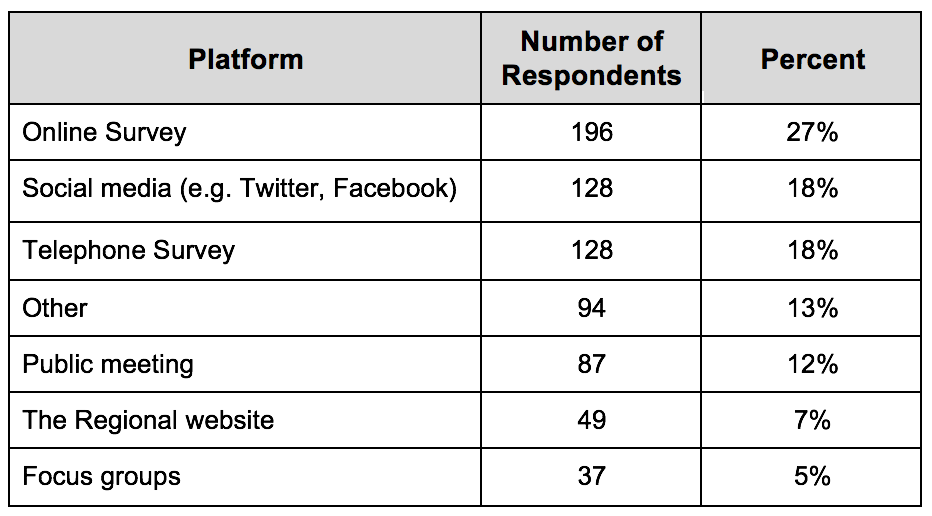By Anthony Piscitelli and Porter Oleson
Election day has arrived, the polling firms have completed their polling, the projection sites have projected, and all that is left is to count the votes. On October 15, 2019, ThreeHundredThirtyEight.com summarized the election projections. Today we are updating those projections with the latest numbers. After the election, we will report on how well the projections did at predicting the actual election results.
We examine eight poll aggregators, one analysis-based projection, and two polling firm
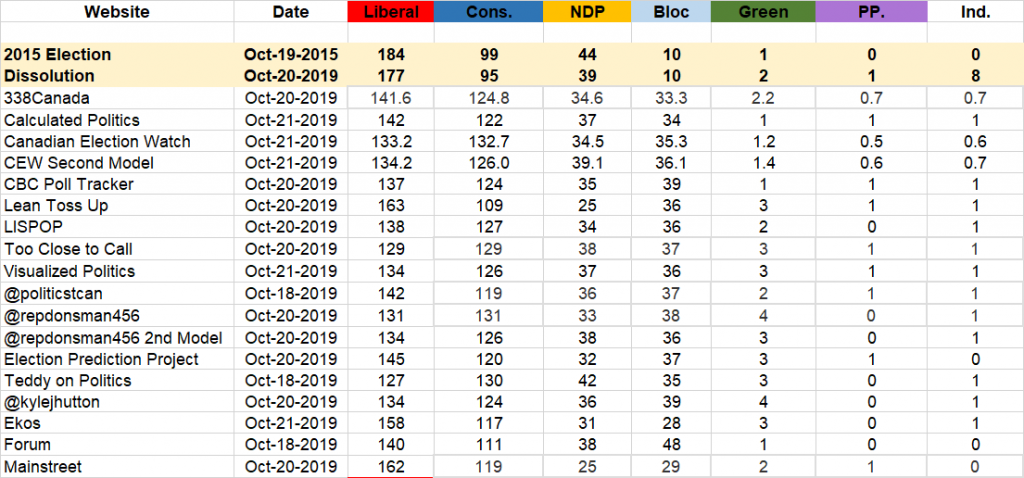
A glance at the projections shows the Liberals will likely lose significant support from the 2015 election. The Conservatives and the Bloc appear to be the most likely to gain from these losses. The NDP will likely lose some support. The Greens seem likely to hold the two seats they held at dissolution and may gain a few seats. The People’s Party of Canada is projected to have one or zero seats. The projections also predicted most independents will lose their

The table above provides a snapshot of the polling results. The first row shows the highest total any projection places a party and the next row the lowest. The average of all projections is listed next. The final row shows the average of the polling aggregators. It’s worth noting that some of the aggregators provide ranges around their projections, which indicate that a large variety of outcomes are possible in an election like this one where the polling data is so close. Please check the linked website above if you are interested in seeing all the range of potential election outcomes.
The various projections models in Canada, with the exception of the Election Prediction Project, all use some sort of variation on a regional swing model to predict the election results. Essentially this model uses the previous election results and compares it to the polling data in the current election. So, for example, in a basic swing model if in Saskatchewan a party got 10% of the vote last election and polls now have them at 20%, the projected vote total in every riding for the party would be doubled. If another party went from 30% to 20% the projected vote total for that party would drop by one third in every riding. The website ThreeHundredThirtyEight.com, which was run by Éric Grenier before he went to CBC provides a good explanation of the model he used in 2011.

Some variations in results are generally a result of variations of how the regional swing model is applied. For example, some models provide bonuses for incumbents, whereas others incorporate riding polls. How the polls are aggregated can lead to variation as well. Forum and Mainstreet make projections using their own polls only. The poll aggregators can use different methods to average the polls. Canadian Election Watch, for example, attempts to predict turnout as part of its aggregation of the polling data. Support totals are manipulated to increase Conservatives +1.5% and Liberals +0.5% and decrease the NDP -1% and Green -1%. The table above shows that while the different methods yield relatively consistent comparisons there are subtle differences. The Liberals, for example, vary between 31% to 33% when examining the aggregators. Note, not all poll aggregators publish their aggregated totals.
If you would like to make your own projection, please feel free to post it in the comments below or post it in the Google Sheet. Share the seat total for Liberal / Conservative / NDP / Bloc / Green / PPC / Independents and what you project as the turnout for the election. In a future blog post, we plan o evaluate the predictions.
*Note projections will be updated as they are made throughout the day. Projections in Italics are not believed to be the final projections of the aggregator.
*Projections updated
*7:20am updated with Canadian Election Watch and Visualized Politics final projections
*
*4:30pm updated with Calculated Politics, @repdonsman456 and Ekos final projections.


